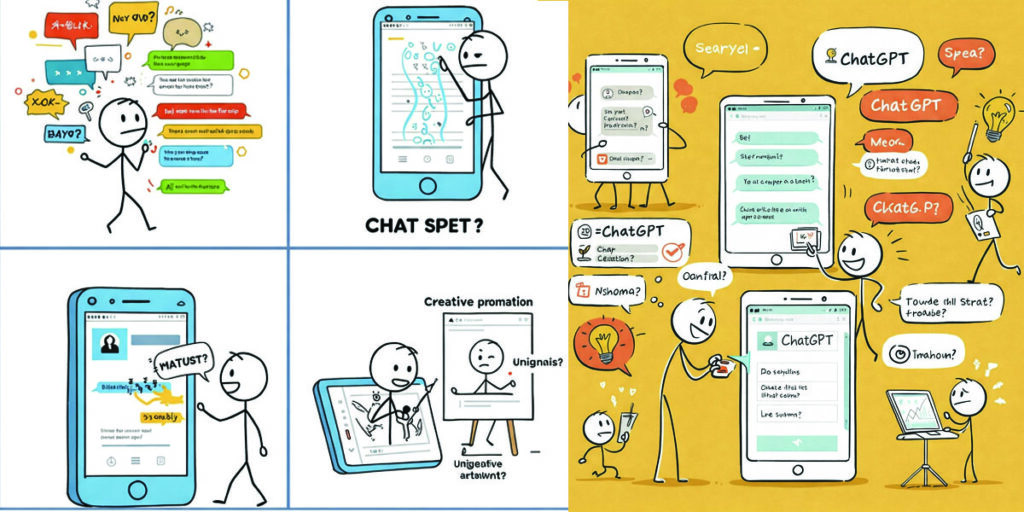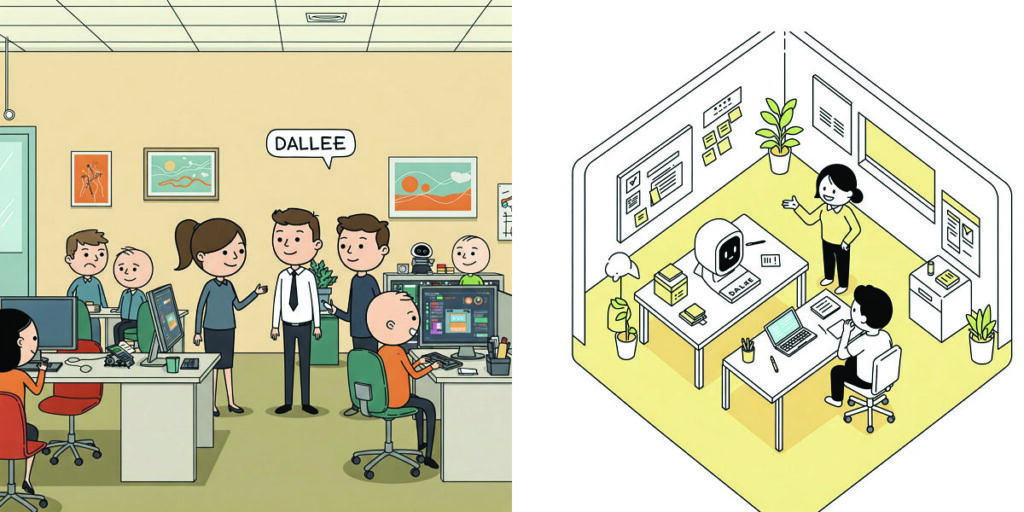AI dubbing platform that translates and voices video content in multiple languages.
The burgeoning global landscape amplifies the desire for video content to overcome both distance and language barriers. While businesses, educators, and creators understand the vast potential of worldwide viewership, conventional video dubbing has persistently acted as a major impediment, plagued by substantial expenses, protracted timelines, and variable quality. This is where Papercup emerges, an ingenious AI dubbing platform poised to revolutionize video localization. Harnessing the capabilities of artificial intelligence, Papercup provides a scalable, economical, and superior method for translating and voicing video content across a multitude of languages, thereby unlocking unparalleled avenues for global connection and market growth.
To fully appreciate the significance of Papercup’s emergence, it is crucial to understand the historical context of video localization and the evolution of the economic market surrounding it. Furthermore, exploring the networking aspects and strategic partnerships that underpin Papercup’s growth provides a comprehensive picture of its impact and future potential.
A Historical Perspective on Video Localization
The need to adapt audiovisual content for different linguistic audiences is as old as cinema itself. In the early days of filmmaking, silent films relied on intertitles translated into local languages to convey dialogue and narrative. The advent of synchronized sound in the late 1920s presented a new challenge: how to make talking pictures accessible to international viewers.
The initial solutions were rudimentary. Subtitling, which involved displaying translated text at the bottom of the screen, became a common practice. While cost-effective, subtitles required viewers to read and could distract from the visual experience. Another early approach was the creation of separately shot multilingual versions of films, a highly expensive and time-consuming endeavor that was quickly abandoned for most productions.
The mid-20th century saw the rise of traditional dubbing. This process involved hiring voice actors to re-record dialogue in the target language, meticulously synchronizing their lip movements with the original actors on screen. Dubbing offered a more immersive viewing experience, allowing audiences to focus on the visuals without the need to read. However, traditional dubbing was labor-intensive, requiring skilled voice actors, experienced sound engineers, and meticulous post-production work. This resulted in high costs and long turnaround times, often limiting the number of languages a piece of content could be dubbed into.
The latter half of the 20th century and the early 21st century witnessed advancements in audio and video editing technologies, streamlining some aspects of the dubbing process. However, the fundamental reliance on human actors and manual synchronization remained, keeping costs relatively high and scalability limited. This created a significant barrier for many content creators and businesses seeking to expand their global reach through video.
The Economic Market for Video Localization
The market for video localization has grown significantly alongside the proliferation of video content across various platforms, including film, television, online streaming services, e-learning platforms, and corporate communications. Globalization and the increasing demand for content in local languages have fueled this expansion.
Traditionally, the video localization market was dominated by specialized dubbing and subtitling studios. These studios offered a range of services, including translation, script adaptation, voice casting, recording, mixing, and quality control. The pricing models were typically based on per-minute rates, which could quickly escalate for longer videos or projects requiring multiple languages.
The high costs and time constraints associated with traditional dubbing created a significant market gap. Many businesses and content creators, particularly those with large volumes of video content or limited budgets, found it challenging to effectively localize their videos for a global audience. This unmet need paved the way for innovative solutions that could offer faster, more affordable, and scalable localization options.
The rise of artificial intelligence and machine learning has presented a paradigm shift in the video localization landscape. AI-powered dubbing platforms like Papercup leverage advanced technologies such as natural language processing (NLP), machine translation, and speech synthesis to automate significant portions of the dubbing process. This automation has the potential to dramatically reduce costs and turnaround times, making video localization accessible to a wider range of users.
The economic implications of AI dubbing are substantial. By lowering the barriers to entry, platforms like Papercup are expanding the addressable market for video localization. Small and medium-sized businesses (SMBs), educational institutions, and individual content creators can now afford to localize their video content into multiple languages, unlocking new revenue streams and audience engagement opportunities.
Furthermore, the speed and scalability of AI dubbing enable businesses to respond more quickly to global market demands and launch localized content simultaneously in multiple regions. This agility can provide a significant competitive advantage in the global marketplace.
The emergence of AI dubbing also presents new economic opportunities within the technology sector itself. Companies developing and refining these AI-powered solutions are at the forefront of a rapidly growing market. Investment in research and development in areas such as more natural-sounding synthetic voices and improved lip-syncing algorithms is likely to drive further innovation and market growth.
However, the integration of AI into the video localization market also raises questions about the future role of human professionals. While AI can automate many of the more repetitive and time-consuming tasks, human expertise in translation, script adaptation, and quality control remains crucial for ensuring accuracy, cultural relevance, and a natural-sounding final product. The most successful models are likely to be hybrid approaches that combine the efficiency of AI with the nuanced understanding and creative input of human experts.
Networking and Strategic Partnerships
Papercup’s rapid growth and impact are not solely attributable to its technological innovation. Strategic networking and partnerships have played a crucial role in its success. Building a robust network of collaborators and forging key partnerships allows Papercup to expand its reach, enhance its capabilities, and penetrate new markets.
One critical aspect of Papercup’s networking strategy involves collaborations with content creators and distributors. By partnering with media companies, streaming platforms, e-learning providers, and corporate clients, Papercup gains access to a vast library of video content that requires localization. These partnerships provide Papercup with real-world use cases and valuable feedback for refining its platform. In turn, content partners benefit from Papercup’s efficient and cost-effective dubbing solutions, enabling them to reach wider audiences and increase their global impact.
Another important element of Papercup’s network is its engagement with language professionals. While AI handles the core translation and voice generation, human translators and linguists are essential for ensuring the accuracy and cultural appropriateness of the localized content. Papercup likely collaborates with freelance translators and localization agencies to review and refine AI-generated translations, ensuring that the nuances of language and cultural context are accurately conveyed. This hybrid approach leverages the speed and scalability of AI while maintaining the quality and cultural sensitivity that human expertise provides.
Technology partnerships are also vital for Papercup’s growth. Collaborating with companies specializing in AI, machine learning, and cloud computing allows Papercup to access cutting-edge technologies and infrastructure. These partnerships can enhance the platform’s performance, scalability, and security. For example, partnerships with cloud service providers ensure that Papercup can handle large volumes of video data and deliver its services globally.
Furthermore, Papercup likely engages in industry networking events, conferences, and trade shows to raise awareness of its platform, connect with potential clients and partners, and stay abreast of the latest developments in the video localization and AI industries. These networking activities are crucial for building relationships, generating leads, and fostering innovation.
Strategic partnerships can also extend to market entry and expansion. Collaborating with local distributors or localization agencies in specific target markets can provide Papercup with valuable insights into local language preferences, cultural nuances, and regulatory requirements. These partnerships can facilitate smoother market entry and accelerate adoption of Papercup’s platform in new regions.
The development of application programming interfaces (APIs) and integrations with other content management systems and video platforms is another key aspect of Papercup’s networking strategy. By making its technology easily integrable with existing workflows and platforms, Papercup can seamlessly fit into the content creation and distribution ecosystems, making it more accessible and convenient for users.
In conclusion, Papercup’s success is underpinned by a multifaceted networking strategy that encompasses collaborations with content creators, language professionals, technology providers, and market-specific partners. These strategic relationships are essential for driving adoption, enhancing the platform’s capabilities, and achieving sustainable growth in the rapidly evolving landscape of video localization.
The Future of AI Dubbing and Papercup’s Role
The field of AI dubbing is still in its early stages of development, and significant advancements are expected in the coming years. As AI algorithms become more sophisticated and synthetic voices become more natural and expressive, the quality and realism of AI-generated dubbing will continue to improve.
Papercup is well-positioned to be a leader in this evolving market. Its focus on developing high-quality AI dubbing solutions and its strategic approach to networking and partnerships provide a strong foundation for future growth. As the demand for global video content continues to rise, platforms like Papercup will play an increasingly crucial role in breaking down language barriers and connecting content creators with audiences worldwide.
One potential area of future development for Papercup could be the integration of more advanced AI features, such as emotion recognition and transfer, to create even more nuanced and engaging dubbed performances. Further improvements in lip-syncing algorithms to handle a wider range of speaking styles and facial movements will also be critical.
Another key area of focus will likely be the expansion of language support. As AI models become more adept at handling a wider variety of languages and dialects, platforms like Papercup will be able to offer localization services for an even broader global audience.
The development of industry standards and best practices for AI dubbing will also be important for ensuring quality and consistency across the market. Papercup, as a leading player, could play a role in shaping these standards.
Furthermore, the integration of AI dubbing with other language-related technologies, such as AI-powered subtitling and translation services, could lead to more comprehensive and streamlined localization workflows. Platforms that offer a suite of AI-powered language solutions will likely have a competitive advantage.
In conclusion, Papercup represents a significant step forward in the evolution of video localization. By harnessing the power of AI, it offers a faster, more affordable, and scalable alternative to traditional dubbing methods. Its strategic approach to networking and partnerships further strengthens its position in the market. As AI technology continues to advance, Papercup is poised to play a pivotal role in shaping the future of global video communication, enabling content creators and businesses to connect with audiences across linguistic divides and unlock the full potential of the global market. The history of video localization has been marked by a constant pursuit of efficiency and accessibility, and Papercup stands at the forefront of this new, AI-powered era.




















